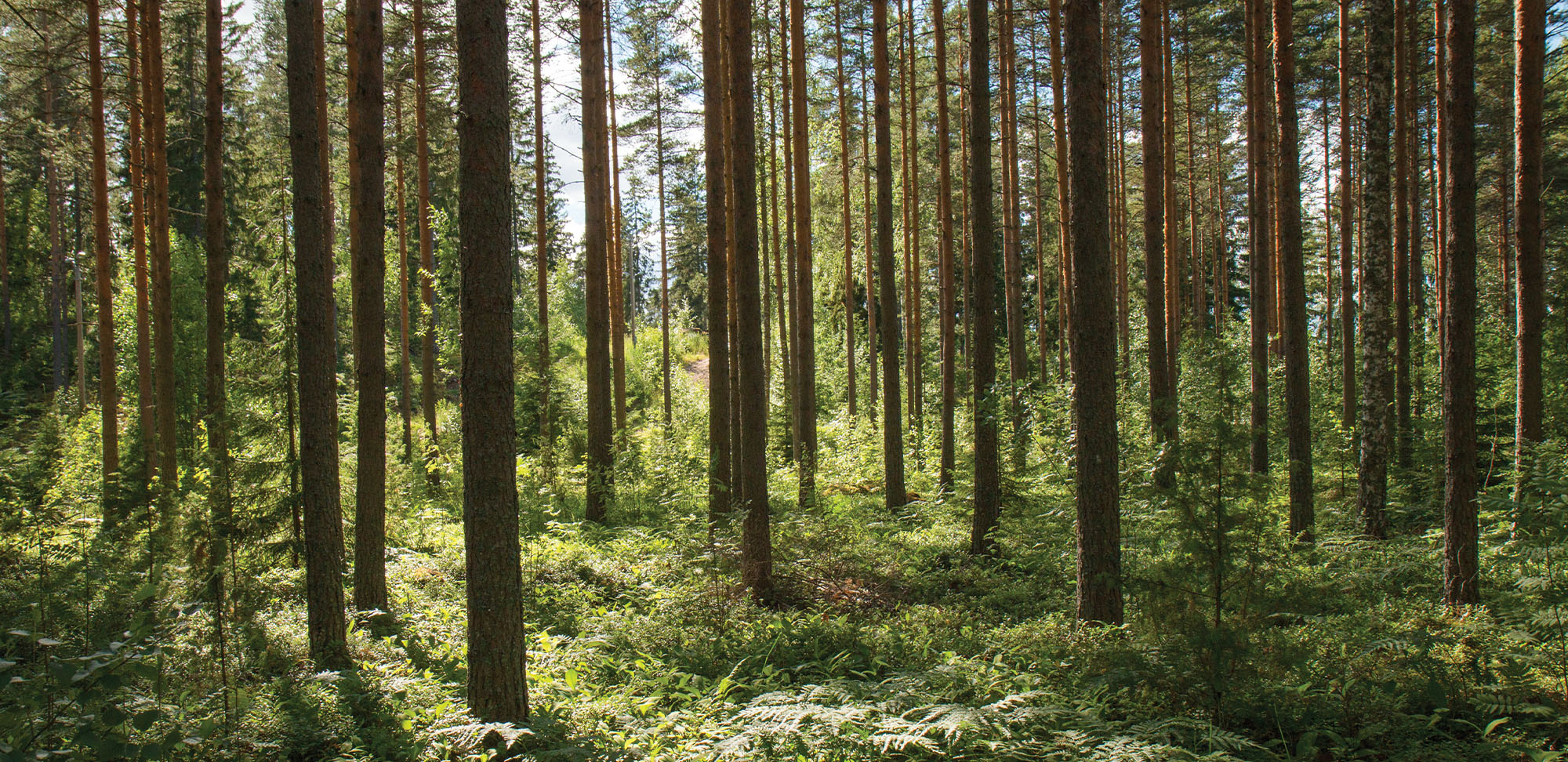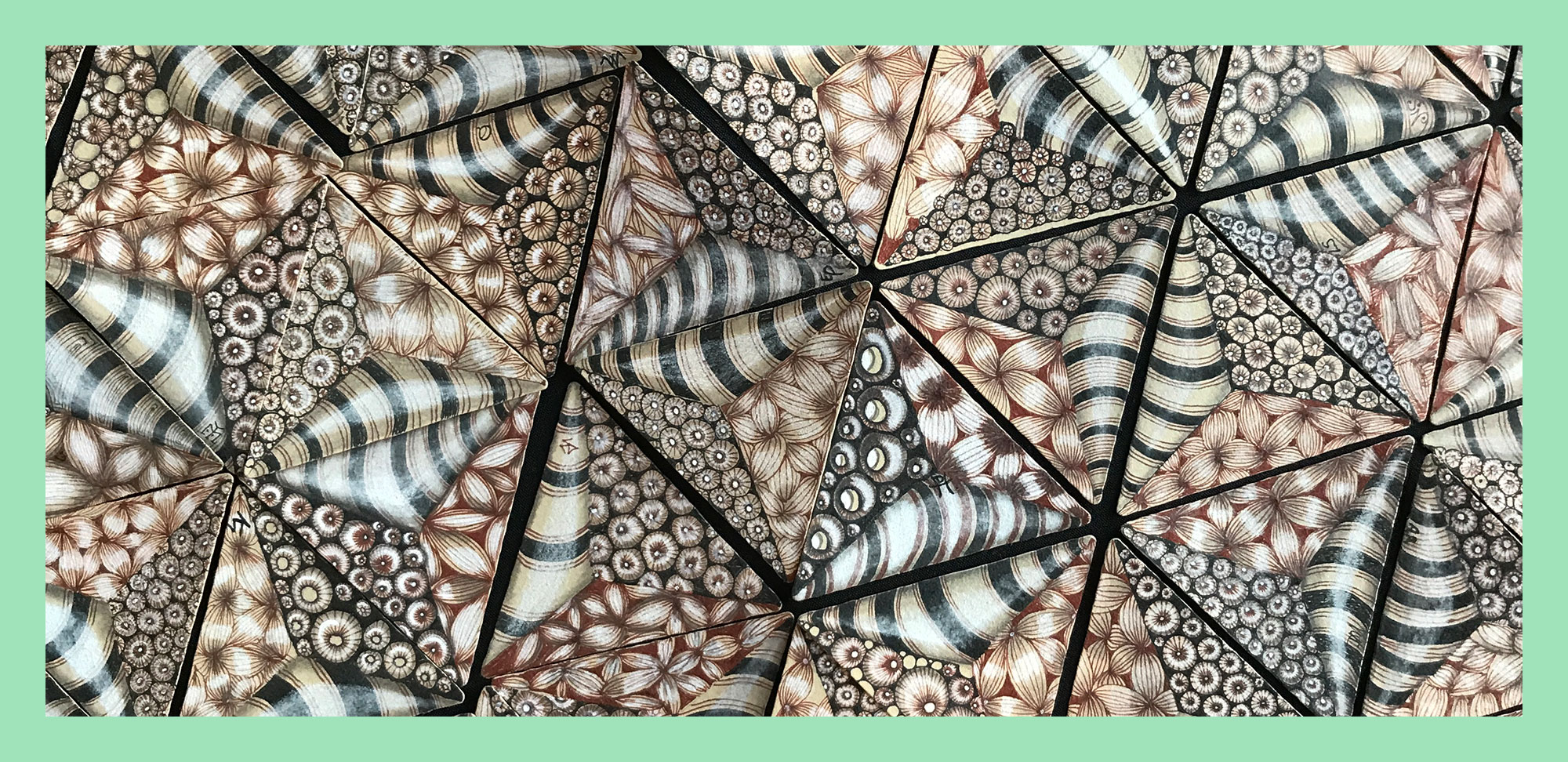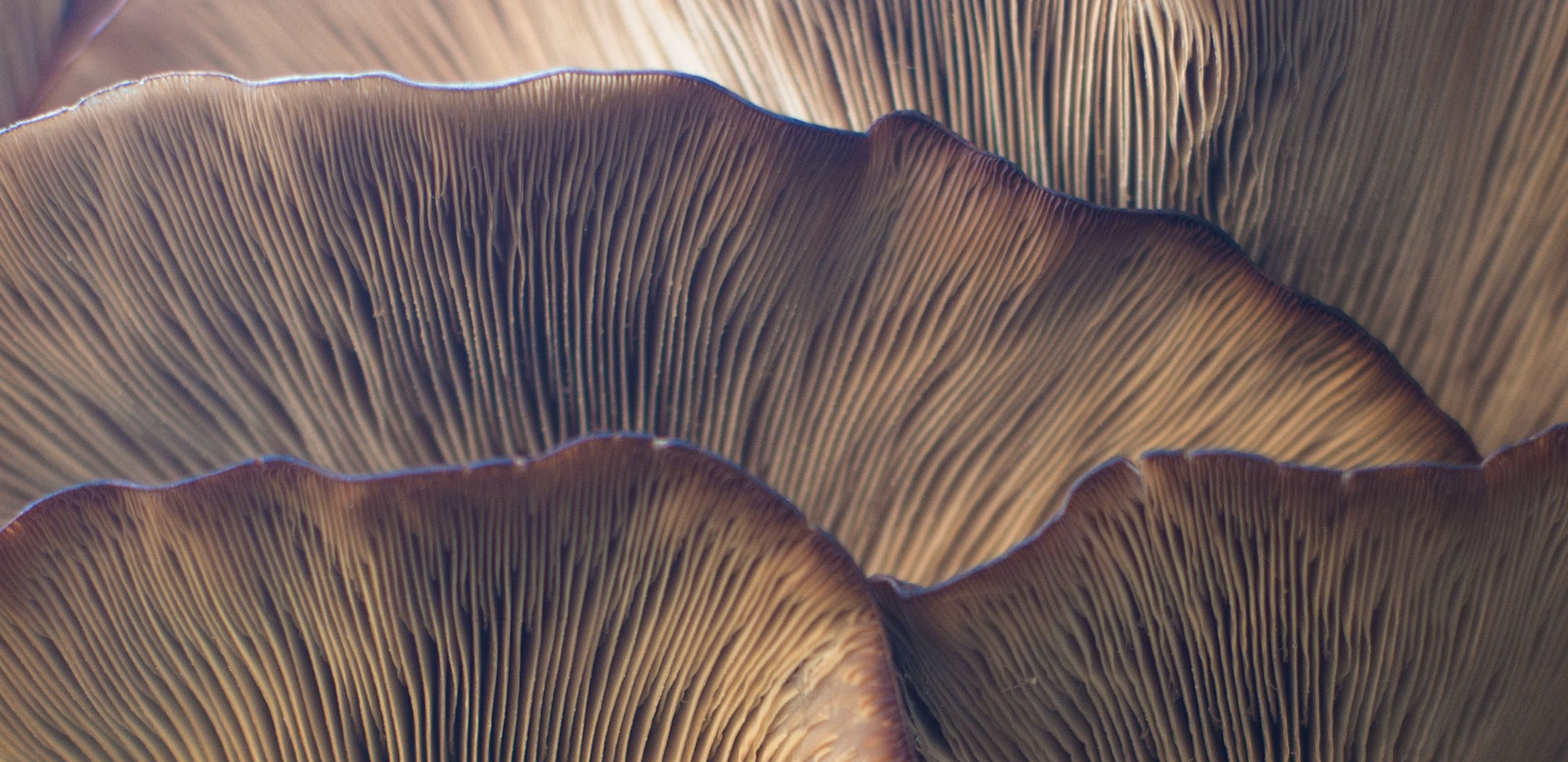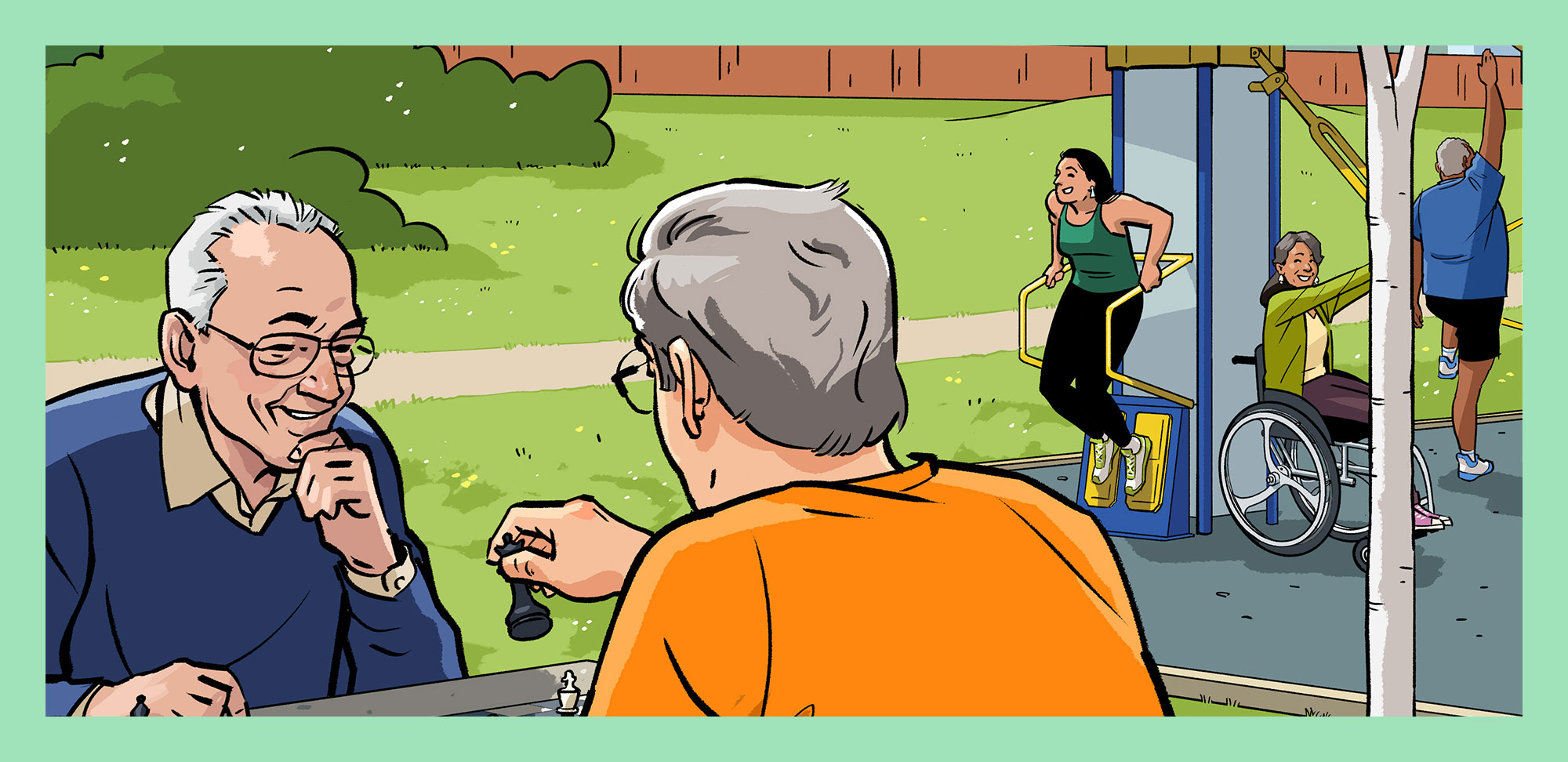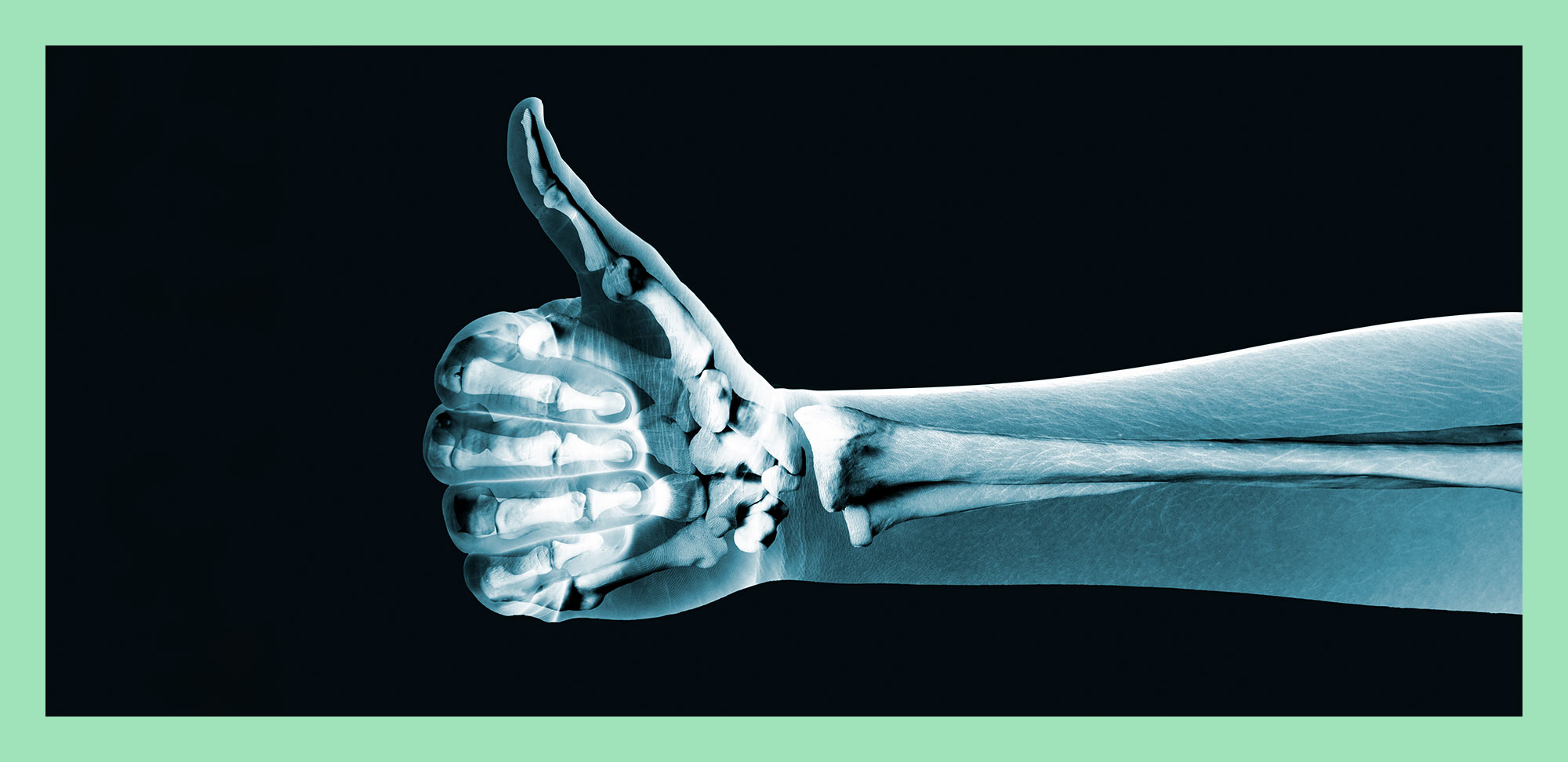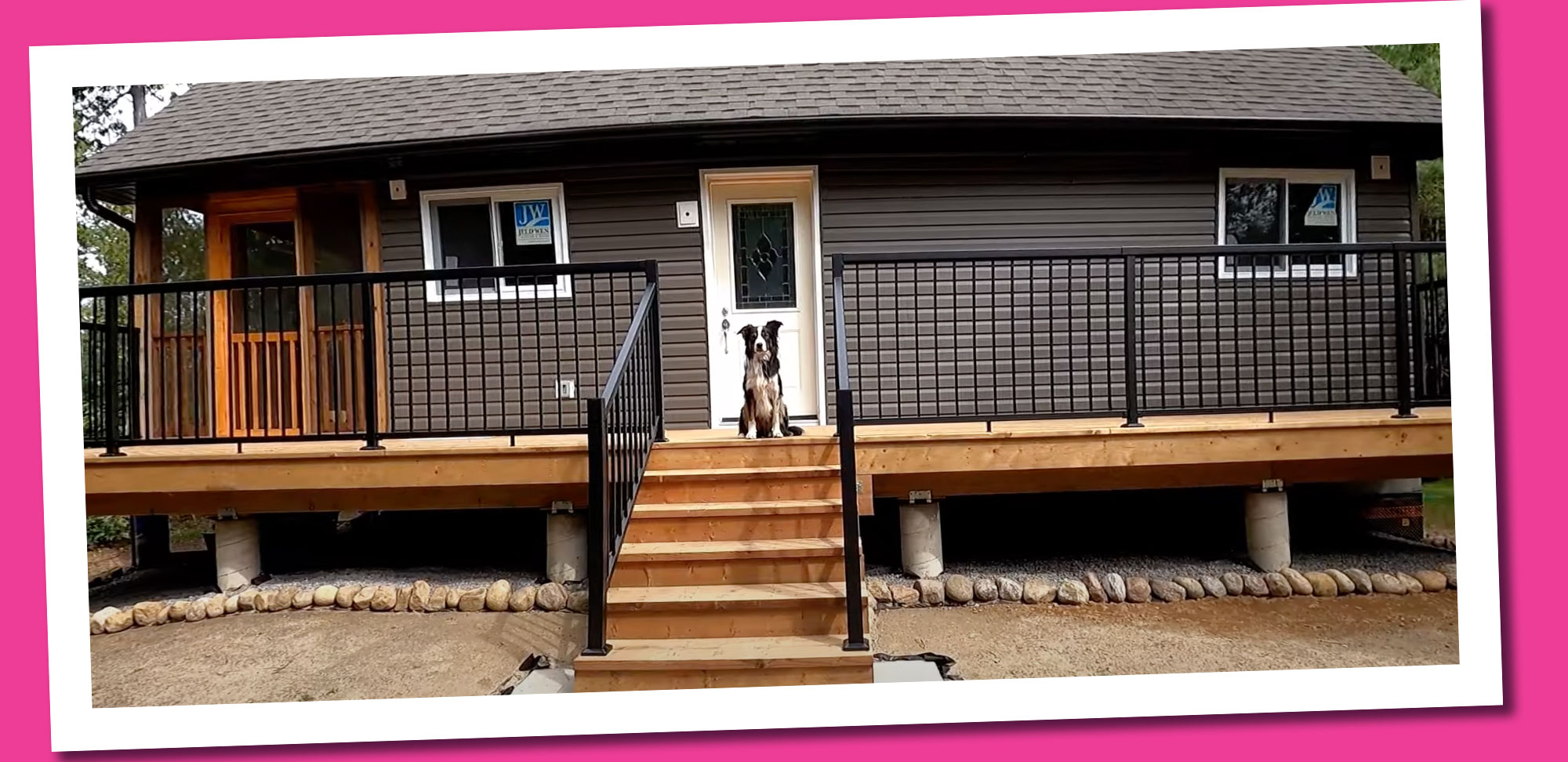Little Red Riding Hood didn’t choose the best path in the woods, but you can. Why not try forest therapy, or shinrin-yoku, Japanese for “forest bathing”?
Forest bathing is a “slow, gentle walk in the forest or any other natural place by a river, in meadows or a combination of all three,” says Andrea Prazmowski, founder of Forest Therapy Ottawa and a certified forest therapy guide. “You’re guided to awaken to your experience in nature. We come into the present moment.”
These private and public guided walks are offered throughout the year — weekdays and weekends — by certified guides and last anywhere from two to three hours. Cost is about $30.
A walk begins with an invitation, allowing participants to come into contact with their senses, says Frances Mills, a certified forest therapy guide. “I encourage people to close their eyes,” she says, adding that when they open their eyes, they’re “usually blown away with how much they just never noticed before.”
“The really important part of forest bathing is slowing down,” says Beth Foster, a certified forest therapy guide. She says most people walk briskly in the woods, maybe walking dogs or pushing buggies.
“When you slow down, there’s a lot more to see,” she says. “You’re conscious of the smells, you allow yourself to be quiet, and you can hear. You can inhale the air.”
But most important, she explains, it’s a form of self-care. “We don’t just think we feel better, we actually are healthier.”
And research bears this out. One Japanese study suggested that people in a forest environment have lower concentrations of cortisol, lower pulses and lower blood pressure than those in an urban environment. Another study of more than 700 participants showed that those in a forest environment had both lower systolic and lower diastolic blood pressure than those in a non-forest environment.
Forest therapy can even boost your immune system. “The compounds trees emit to protect themselves as part of their immune systems [called phytoncides] also boost our immune systems,” says Prazmowski.
“That’s why they call it forest bathing,” Foster adds. “You’re bathing in the essences that trees and living green things emit, and inhaling those essences gives you demonstrated physiological effects.”
There have also been reports of improved memory and focus and boosted creativity. And even an increase in your sense of awe, says Mills: “You start looking at the world a little differently — and that is something we definitely need.”
At most, participants walk one to two kilometres, and some guides can offer accommodation on certain trails. “I guide sometimes out of the Hollidge Tract, which is an accessible trail in York Region,” says Foster. “It’s a wide, flat, bright path, so it’s suitable for those with buggies or walkers. It’s light-coloured grey and easy to see.”
Collapsible chairs are also a great accommodation; people can engage in the forest experience right from their chairs, she adds.
Prazmowski says that on a walk she tells participants, “We’re going to bring attention to nature without and nature within. I don’t say more than that because I don’t like to tell people what they’re going to experience.”
Forest therapy can lead to any number of experiences, depending on the person and where they are at that moment. But what does happen, says Prazmowski: People talk about their feelings of belonging, connection, gratitude, support, solace. “That’s really getting to the core of our health and, on another level, our spiritual health, our emotional health, our psychological health.”
While Foster believes that people can access the benefits of forest therapy better with a guide, you can do it on your own, although it’s easier if you learn from a few guided sessions first.
The research shows it takes just two hours a week in nature to see healthy benefits. And you can divide that time to suit your schedule — for example, four days of 30-minute bathing.
“We’ve been disconnected in so many ways from many of our everyday rituals — walking to a bus stop, going to an office and having coffee together,” says Foster. “We need forms of connection.”
And forest therapy is all about connection. “It’s not a ‘take two hours of forest time and call me in the morning’ prescription,” says Prazmowski. “It’s not just about getting your dose of nature. It’s about a relationship.”
INTERESTED IN A FOREST WALK? CONTACT ONE OF THESE GUIDES.
Beth Foster
[email protected]
Frances Mills
[email protected]
Andrea Prazmowski
[email protected]
INTERESTED IN FINDING A GUIDE IN YOUR AREA, OR IN TRAINING TO BE A GUIDE?
Association of Nature & Forest Therapy
natureandforesttherapy.earth
Global Institute of Forest Therapy
giftoftheforest.com
BOOKS ON FOREST THERAPY
Forest Bathing with Your Dog
by Nadine Mazzola
Healing Trees: A Pocket Guide to Forest Bathing
by Ben Page
Your Guide to Forest Bathing
by M. Amos Clifford
